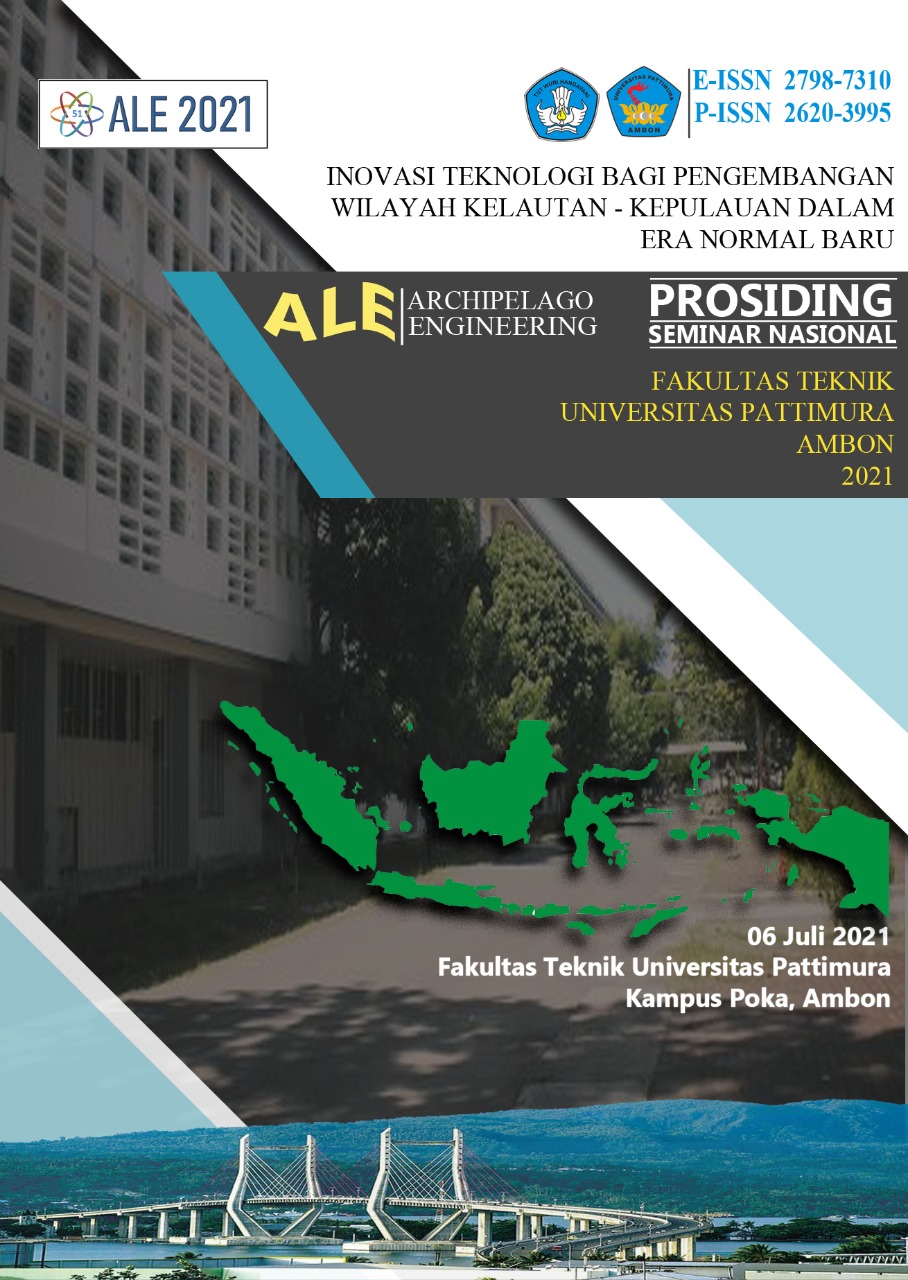PREDIKSI FITUR KEMASAN PRODUK MINYAK KAYU PUTIH DENGAN SUPPORT VECTOR MACHINE (SVM)
Abstract
UD Sinar Baru has eucalyptus oil products with various sizes from 30 ml to 550 ml, and the size of 550 ml is the most consumed eucalyptus oil product. However, this product has been criticized by consumers for its packaging which has not met their expectations. This study aims to obtain an accurate method of classifying consumer sentiment and obtain features that affect the redesign of the 550 ml eucalyptus oil product packaging. Collecting data using an online survey method from social media Facebook to get consumer comments using power queries. Data analysis uses the concept of the Support Vector Machine (SVM) method with the support of the WEKA application to provide sentiment analysis and accuracy of consumer comments. The results of the study present the tendency of comments on each attribute with an assessment of 83% accuracy for the entire class, 3% for positive class comments, and 57% comments for negative class. The sentiment that shows the packaging tends to be normal at 20% which is interpreted as neutral. The conclusion from the results of this study is that SMO has a very accurate prediction rate to analyze consumer sentiment about the features of the 550 ml eucalyptus oil packaging, and it is necessary to redesign the current packaging by considering the features of shape, color, size, and efficiency.
Downloads
References
[2] Dwiningsih, N. (2002). Desain Produk dan Manajemen Kualitas.
[3] Utomo, B. (2014). Analisis Sentimen pada Twitter Menggunakan Text Mining.
[4] Liu, B. (2012). Sentiment Analysis and Opinion Mining.
[5] Ibrahim, R. dan Othman, Z. A. (2012). Opinion Mining and Sentiment Analysis.
[6] Hapsari, Y., Hidayattullah, M. F., & Khambali, M. (2018). Opinion Mining Terhadap Toko Online Di Media Sosial Menggunakan Algoritma Naïve Bayes.
[7] Han, J. (2012). Data Mining Concepts and Techniques.
[8] Turban (2005). Decision Support Systems and Intelligent Systems.
[9] Kamber, M. (2006). Classification and Prediction.
[10] Mashreghi, Z. dan Esmaeili, M. (2017). A Combination Method for Improving Text Summarization.
[11] Rose, J. dan Lennerholt, C. (2017). Low Cost Text Mining as a Strategy for Qualitative Researchers.
[12] Hassani, H., Beneki, C., Unger, S. and Mazinani, M. J. (2020). Text Mining in Big Data Analytics.
[13] Lukitowati, H. L. dan Paryatno, L. (2020). Evaluasi Pelaksanaan Webinar Pusdiklat Perdagangan Dengan Menggunakan Text Mining: Analisis Saran Peserta Webinar.
[14] Sudalma, S. (2015). The Effect of SO2 and NO2 from Transportation and Stationary Emissions Sources to SO42 − and NO3 − in Rain Water in Semarang.
[15] Gao, S., Tang, O., Wang, H. dan Yin, P. (2018). Identifying Competitors through Comparative Relation Mining of Online Reviews in the Restaurant Industry.
[16] Vapnik, V. N. (1999). An Overview of Statistical Learning Theory, 10(5), 988–999.
[17] Cortes, C., & Vapnik, V. (1995). Support-Vector Network. Machine Learning 20, 273-297.
[18] Rachman, F. dan Purnami, S.W. (2012). Klasifikasi Tingkat Keganasan Breast Cancer dengan Menggunakan Regresi Logistik Ordinal dan Support Vector Machine (SVM). Jurnal Sains dan Seni ITS, Vol. 1, No. 1 ISSN: 2301-928X.
[19] Santosa, B. (2007). Data Mining Teknik Pemanfaatan Data untuk Keperluan Bisnis. Yogyakarta: Graha Ilmu.
[20] Schölkopf, B. dan Smola, A. J. (2002). Learning with Kernels: Support Vector Machines, Regularization, Optimization and Beyond. Massachusetts Institute of Technology. ISBN 0-262-19475-9.
[21] Horn, C. dan Horn, C. (2010). Analysis and Classification of Twitter messages Analyse und Kategorisierung von Twitter Nachrichten.
[22] Kantardzic, M. (2003). Data Mining: Concepts, Models, Methods, and Algorithms.
Copyright (c) 2021 Wilma Latuny, Victor O. Lawalata, Daniel B. Paillin, Rahman Ohoirenan

This work is licensed under a Creative Commons Attribution-ShareAlike 4.0 International License.
An author who publishes in the ALE Proceeding agrees to the following terms:
- Author retains the copyright and grants ALE Proceeding the right of first publication of the work simultaneously licensed under the Creative Commons Attribution-ShareAlike 4.0 License that allows others to share the work with an acknowledgment of the work's authorship and initial publication in this journal.
- Author is able to enter into separate, additional contractual arrangements for the non-exclusive distribution of the journal's published version of the work (e.g., post it to an institutional repository or publish it in a book) with the acknowledgment of its initial publication in this journal.
- Author is permitted and encouraged to post his/her work online (e.g., in institutional repositories or on their website) prior to and during the submission process, as it can lead to productive exchanges, as well as earlier and greater citation of the published work (See The Effect of Open Access).
Read more about the Creative Commons Attribution-ShareAlike 4.0 Licence here: https://creativecommons.org/licenses/by-sa/4.0/.






